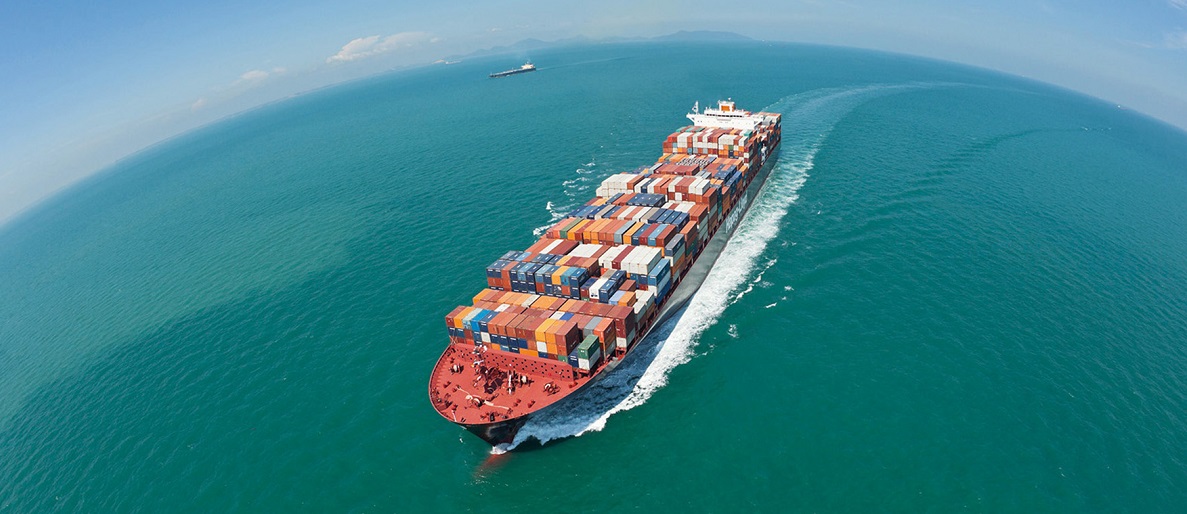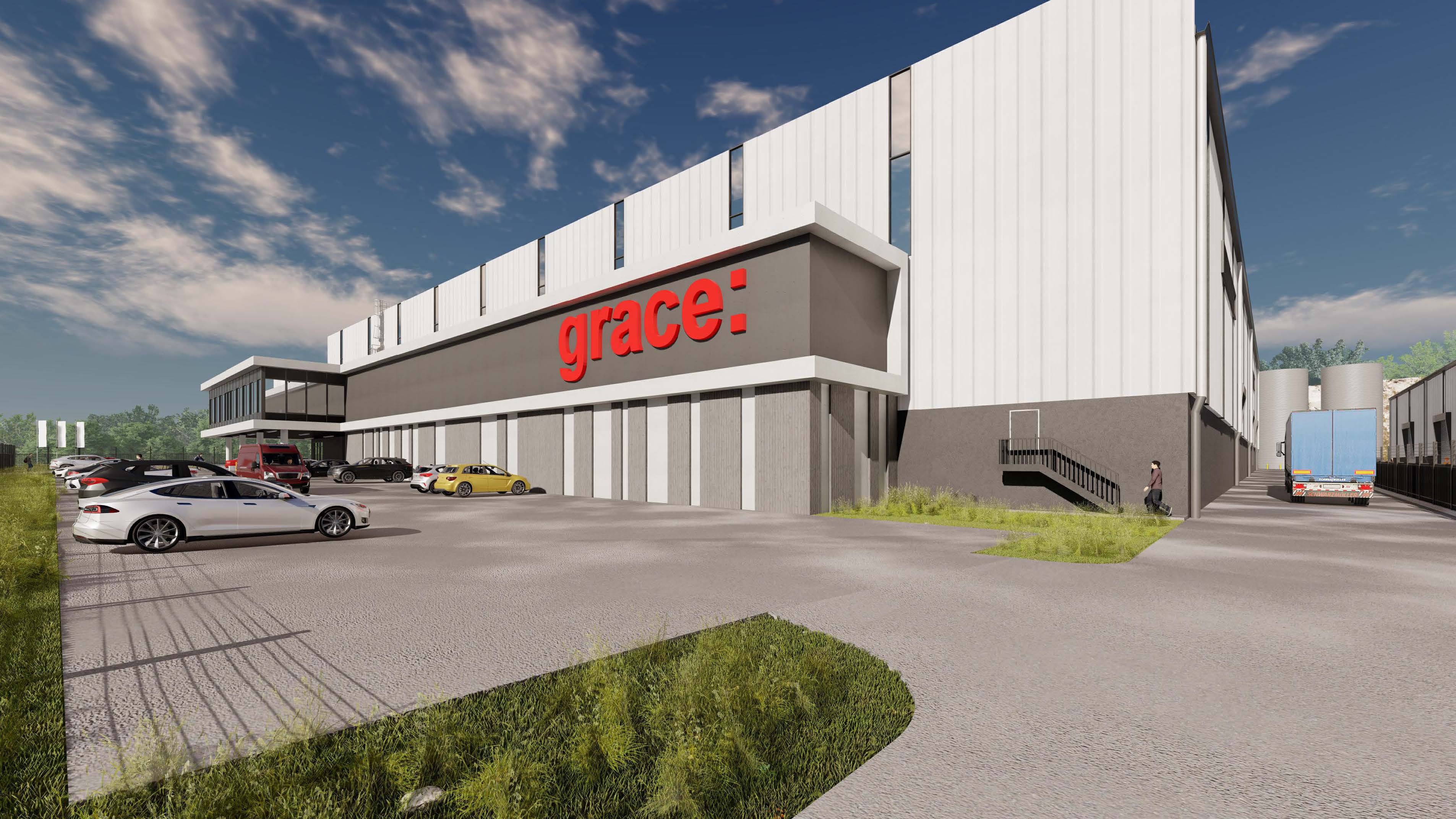We chat to Anthony Vinson, Head of International Freight and Logistics – Freight & Trade Alliance (FTA) and Australian Peak Shippers Association (APSA) about international shipping transit times and routes, and challenges pose by landside logistics congestion.
Freight & Trade Alliance (FTA) is Australia’s leading representative body for the international supply chain sector bringing together importers, exporters, customs brokers, freight forwarders, logistics service providers and industry groups.
Anthony, there has been a lot of media coverage this year around the price and service instability of international sea and air freight. From your vantage position, do you see a return to normality any time soon?
Well, it depends on your definition of ‘normal conditions’. Regarding ocean freight, the pendulum has swung so far in favour of the carriers, it’s difficult to see a return to pre-covid freight rates. The catalyst for the very high freight rates was the Evergreen Suez Canal disruption and since then we have the Ukraine – Russia war which has resulted in the dramatic rise in fuel prices, the Shanghai Covid shutdown, global inflationary shocks, labour market disputes in Europe and labour shortages at many key international ports.
Well this doesn’t bode well for the second half of 2022, particularly as we head into the global Christmas peak period of Sept-Nov.
No, it doesn’t although we are seeing some signs of stabilisation in the market and a softening of spot container rates. China to Australia, as an example have reduced by around 40-50% however remain at historical highs.
What about the reduction in ocean freight services and the lengthening of transit times?
Yes, schedule reliability appears to be at all-time low. The lines are blaming port congestion along with Covid and other related landside labour shortages. Carrier published vessel schedules and transit times are painting a false picture of reality of the situation. Carrier schedules, on many trade lanes are double what is the published by the carriers. We have also seen some less profitable trade lanes simply abandoned as vessels and containers are redeployed to more profitable trade lanes. Unfortunately, Australia is the end of the line and particularly exposed to a reduction in international liner services.
Are FTA members reporting any local landside issues contributing to the difficulties imports and exporters are experiencing?
We are seeing significant disruption from the Dept of Agriculture, attributable to staff shortages. Document assessment has in some instances blowing out from 2 to 7 days and physical inspections can incur 2 to 3 weeks’ backlog in bookings. We are also seeing the shipping lines imposing far tighter controls on container detention free time, resulting in soaring container detention fees for many importers.
I understand the international airline passenger market is still quite a way from its pre-covid passenger numbers. Is this having an impact on air freight rates into and out of the country?
Yes, all the main carriers are facing challenges getting their freight capacity up to meet demand. The airlines are facing the same challenges as other industries in the logistics sector. Labour shortages, Covid and Influenza would appear to be restricting capacity and the deployment of additional aircraft to meet passenger and cargo demand. Passenger numbers appear to be running at around 60% of pre-COVID numbers. Carriers such as Qantas are looking to deploy more freighter services in an effect to meet some of the cargo demands however factors such as we have seen with a worldwide lack of ground personnel and pilots is maintaining the extremely high air freight rates.
It seems that with the supply side still constrained, the only thing which might bring prices down is a reduction of demand, which may not be what many people want to hear.
Well the danger is the shipping lines are all reporting record profits on the back of doing less work for more money. Unless we see some disruption to market forces, there is no incentive for the carriers to change increase supply or lower their prices.




